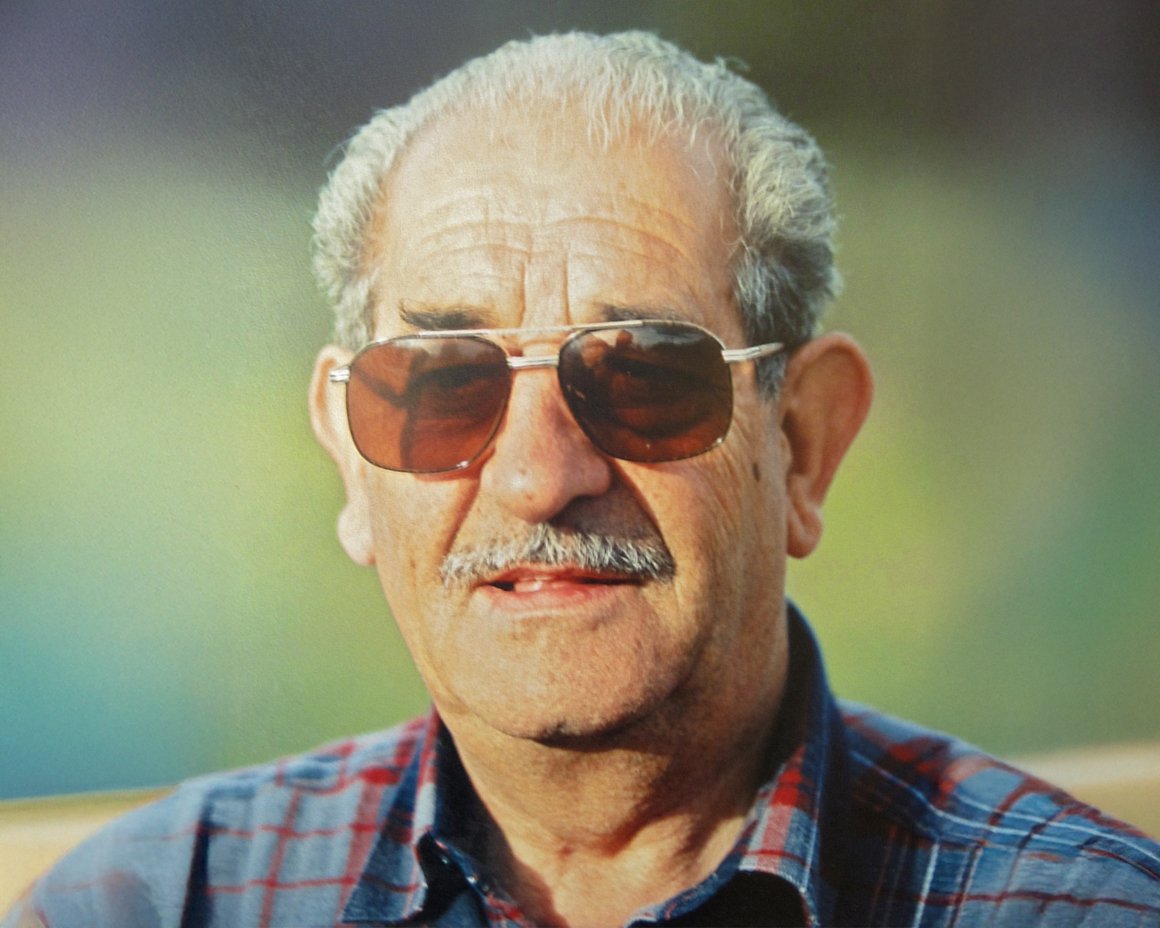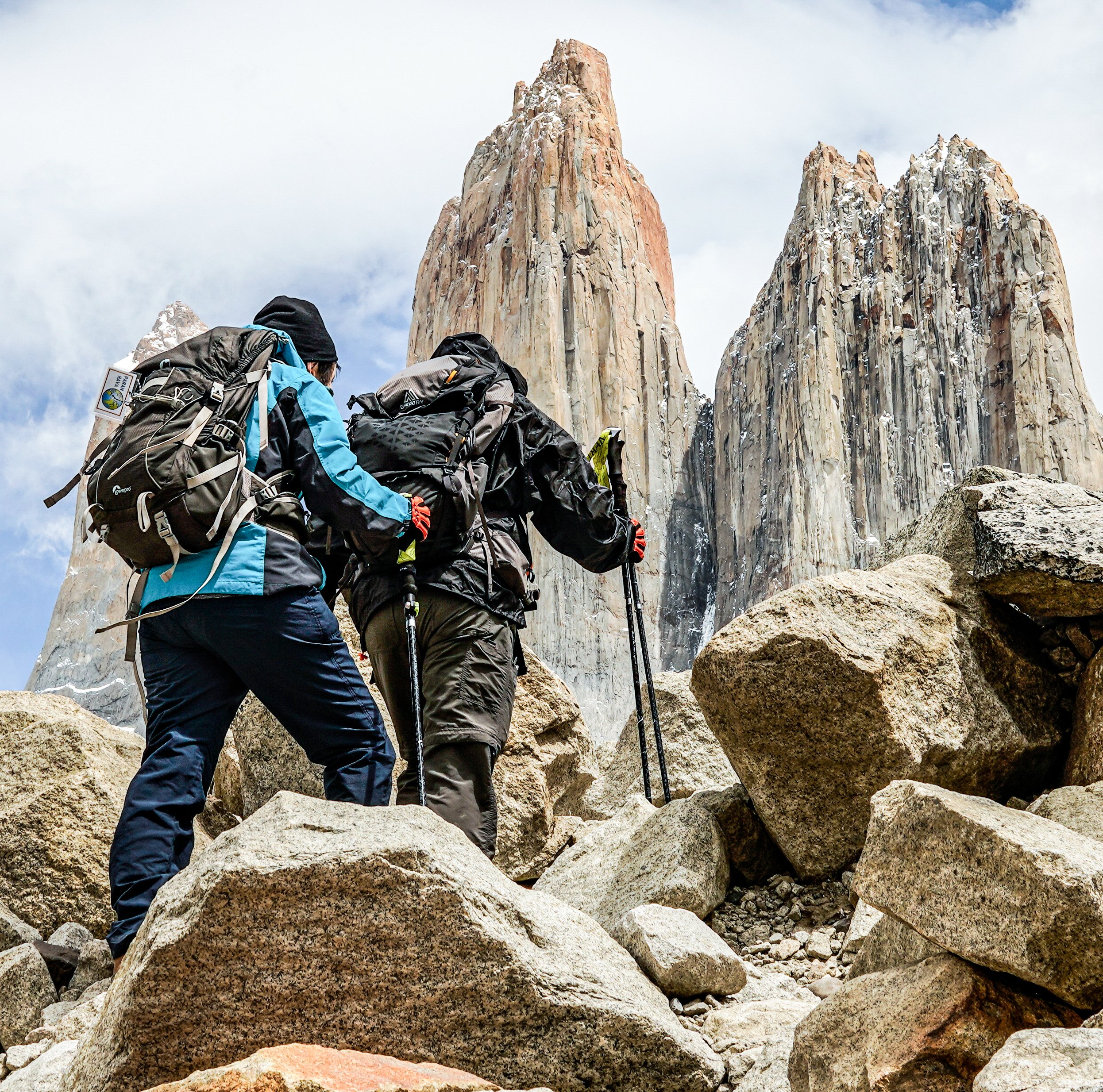Patagonia myths and legends: Between fiction and reality
There's nothing better than an enthralling story to tell during your stay in Patagonia. No one can resist hearing a good local legend before bed, so here are some local legends you can share with your group during your trip. Prepare your flashlights and blankets, and get ready for a good bedtime story.
The Calafate Maiden
When it comes to Patagonia myths, we must mention this legend from the Aonikenk people (also known as Tehuelche) about a father's love for his daughter, and how he had to sacrifice her because of a rivalry.
This legend is about a young woman called Calafate, who was the daughter of an Aonikenk chief. At that time, there was a strong rivalry between the Aonikenk and Selk’nam, two of the most important native peoples of Patagonia.
The trouble began when Calafate fell in love with a young man from another people, the Selk’nam. And when the Aonikenk chief found out about it, he called the group’s shaman to separate them. Upon hearing this request, the shaman confessed to the leader that he could not use his magic to destroy love, all he could do was keep them apart.
So, the shaman turned the young lady into a thorny plant with golden flowers. The young Selk’nam, desperate in search of his beloved, asked the ancient spirits for help, and they transformed him into a bird so his search would be easier. When the bird perched on a branch of the thorny plant and ate its berries, he discovered that it was as sweet as the heart of his beloved Calafate. From time to time, he returned to the plant as a bird to remember the sweetness of the love they once had.
And this is the origin of a famous saying: “whoever tastes the calafate berry, will always come back to Patagonia.”
The mysterious Gualicho
The Tehuelche people, who have lived in Patagonia for thousands of years, tell the story of a supernatural force that would possess them and bring misfortune and betrayal. If you felt that your life was burdened by such difficulties, the Tehuelche would say that you’d been cursed by the Gualicho.
The legend says that in order to set you free from the Gualicho’s curse, you have to pay him tribute, meaning you must offer him a sacrifice or something of value. The most courageous people say that another way to get rid of the Gualicho is to face him and ride towards him when he appears.
The Tehuelche say that it is necessary to protect oneself from this spirit, and for that reason they often remembered him in their rituals in order to chase him away.
During the 19th and 20th centuries, the Gualicho was strongly associated with the Christian Devil, and that is why many locations in the south of Chile are named “del Diablo” (of the Devil). Some contemporary interpretations refer to the Gualicho as the aftertaste of a heartbreak that refuses to go away. On your next journey to Patagonia, maybe you can give the Gualicho an offering to release yourself from whatever is holding you back, and go on to enjoy the wonders of the Patagonian wilderness.
The magical toe of the Patagonian Indian
If you come to Las Torres from Punta Arenas and you spend a few days in the city, you must visit the central Plaza de Armas, where you will find the Patagonian Indian statue.
It is a bronze statue on a concrete base, dedicated to the explorer Ferdinand Magellan, the first European man to reach these lands. The statue also commemorates the native folks that lived here when he arrived. If you look carefully, you will see that the foot of the native seated in the statue is shinier than the rest of his body. This is because many tourists rub his toe for good luck.
Some of them even go further and kiss his toe to bring them good fortune and a successful return to their home country. So, if you walk through the square, don't forget take the Indian’s luck with you.
The magnificent presence of the Patagona
Another well-known character of Patagonian mythology is the Patagona. She is a giant woman who wandered around these lands in solitude. Some people say that her power can affect the weather and nature of Patagonia.
The myth describes her as a woman with long, dark hair, who lives in caves or deep forests.
Stories of tall people in Patagonia are nothing new. Did you know it was Magellan who named them “patagones”? Patagón means big-footed, and he called them that because the native folks of these lands were much taller than the average Europeans, so their huge footprints caught the explorer's attention.
Kóoch, the creator god of Patagonia
The creation myth could not be left out of this list, and the Tehuelche have their own story about how everything was created. Their creator was Kóoch, a lonely god, who was the only being who existed in an endless sea of darkness.
Because of his solitude, Kóoch was deeply unhappy. One day, some tears rolled down from his face and they became Arrok, the bitter sea of sadness and storms. When he saw how his tears were becoming a sea, he let out a heavy sigh and thus gave life to Xóchem, the wind that swept away the darkness and let the light in.
To see his creation, Kóoch created the sun out of a spark, and then he formed clouds, so the waters and the sun could interact. While he was playing with the clouds, his laugh created thunder and lightning. Still not satisfied, he made the land emerge from the water, and thus life began to flourish with plants and animals.
Across this sea he could see Patagonia, which was then just ice and snow. One day, a swan crossed the sea carrying a creature called Elal on its back. They were followed by a line of fishes and birds that carried the land animals. When they arrived in Patagonia, Elal met Kokeske and Shíe, the Cold and the Snow. He scared them away by striking two stones, thus inventing fire.
Finally, Elal used his arrows to make the sea withdraw and make room for more land. From the mud the waters left, he created the first men, the Tehuelche.
Did you enjoy this journey through the myths and legends of Patagonia? Learn some of these stories to share them with your friends in your next stop at our Pionero Bar or during your dinner at Coirón Restaurant, or maybe you can tell all these stories while you stay with us at our premium camping. It doesn’t matter where, the important thing is that you always have a good story to tell.
Patagonia is a place full of exciting stories, where myths and legends come to life in this far-off land at the end of the world. Subscribe to our blog and don’t miss out on the stories we have left to tell you.




